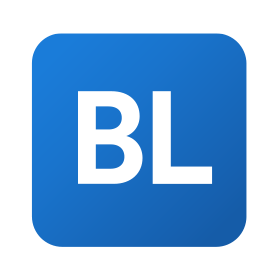If you take a quick look around your classroom, you will see a wide variety of students, all of whom you care about and want to succeed. Once you start to look more closely at the individuals, though, you recognize that they all have unique needs, experiences, and challenges. Among the group, you might find English Learners, students with various disabilities, and students at many different levels of engagement or preparation.
Once you go beyond one classroom and take a close look at all students within a school, these diverse needs become even more apparent. And this struggle isn’t going away. In fact, as of 2018, at least 13.2% of public school students are receiving Special Education services and an additional 9.6% are classified as English Learners.
Your mission (and you’ve already chosen to accept it): Teach them all. Find a way to reach all types of learners with multiple means of engagement, representation, and action and expression.
Meeting the various needs of all learners takes strategy, planning, practice, and guidance. In our work with schools and districts across the United States, we know firsthand the difficulties that educators face in finding the strategies and resources to support success in all of their students.
From the way a classroom is set up to the format of lesson plans, this domain supports reflective work, providing multiple paths and alternatives for students to acquire information, demonstrate knowledge, motivate students, and make connections to their background and interests. Furthermore, students are given autonomy and options for auditory or visual learners, so they are supported to navigate their own learning. With feedback along the way and clearly stated objectives, students reflect on their learning throughout the process.
Our new Meeting the Needs of All Learners Learning Domain takes these challenges into account. Under the guidance and experience of our team, this domain is packed with instructional strategies linked to growth areas aimed at reaching students in the following ways:
- Connect to Students’ Interests: Engage students by understanding their interests and provide challenging tasks for them based on their skills by trying a strategy such as Choice Boards.
- Provide Learning Experiences Based on Students’ Individual Learning Strengths: Ensure that all students have the ability to acquire knowledge in multiple, flexible ways based on their strengths or areas of need by trying a strategy such as Fill in the Gaps. Give students autonomy to choose their learning experiences with strategies such as the Genius Hour.
- Allow Students to Demonstrate What They’ve Learned in Multiple Ways: Allow students to be a Yoda Master, demonstrating their mastery of topics in a diversity of flexible methods. Support students to choose leveled activities, with guidance to self-assess their understanding, too.
- Focus on Language Instruction: Foster English language acquisition and build comprehension by integrating English language skill instruction regardless of content area by trying strategies that focus on reading (such as a Fluency Evaluation Self Assessment), writing (such as Writer’s Workshop Using Mentor Texts), speaking (such as Accountable Talk Stems), and listening (such as Discussion Supports)
- Ensure Equitable Access: Provide scaffolded support with purpose by engaging in Differentiated Lesson Planning or examine classroom management practices by exploring the Classroom Management Reconsidered strategy.
Educators enter the field because they know that every student can—and will—learn any subject in any classroom. With the ever-increasing diversity in classrooms across the country, it is more vital than ever to be constantly reconsidering the specific needs of learners. Continuous dedication to connecting lessons to their interests and adapting strategies to their distinct challenges gives them the leg up for success.
To learn more about the Meeting the Needs of All Learners Domain and its featured strategies, visit the domain page.








